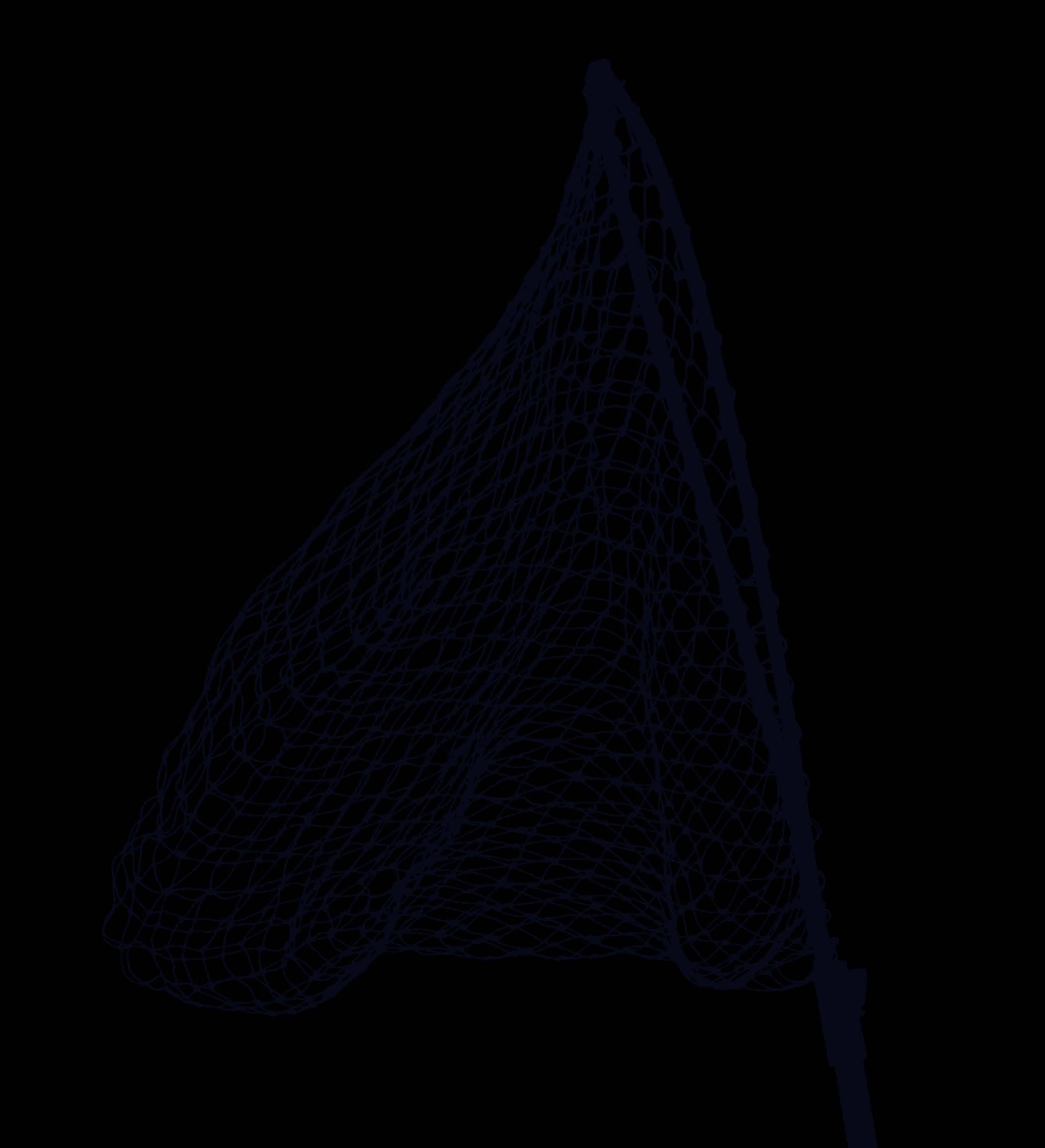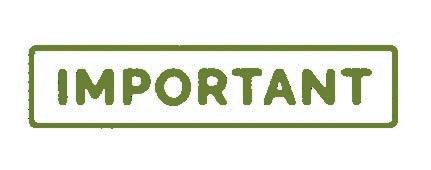Kitselas Lands and Resources Department
Kitselas Food Fishing: What You Need to Know

This booklet is a Kitselas community resource and is designed to briefly outline some foundational aspects of the Kitselas Fisheries Policy. It includes general information related to our salmon food fishing rights, Kitselas-specific fishing rules, and how to report your catch.
Table of Contents
Introduction

Our Territory, Our Rights & Title
Guidelines for Food Fishing
The Importance of Catch Reporting
The New Fisheries Web-App
1 2 4 6 8
For questions and to report your catch numbers, please contact the Kitselas Lands & Resources Department Senior Resource Stewardship Officer: C: 250-641-7616 O: 250-615-4064
seniorRSO@kitselas.com 2225 Gitaus Road, Terrace, BC, V8G 0A9

Our Territory, Our Rights & Title
Kitselas people have always valued a close spiritual and physical connection to the land and environment. Careful management of our natural resources is therefore essential in protecting not only our health and well-being, but also protecting our culture. Whereas there was once a wealth of resources, today, our environment faces many complex challenges. Now more than ever, Kitselas must continue the stewardship of our Territory and protect its resources despite the impacts of development, climate change and other pressures.
The eastern boundary of Kitselas Territory is located on the Skeena River approximately 45 kilometres from Terrace, BC; it stretches south towards the town of Kitimat and west to the pacific coast at Prince Rupert. Our culture is deeply intertwined with the resources found throughout our Territory. Our ancestors were part of complex trade and social networks that were built on the exchange of harvested marine and freshwater resources.

Like a beating heart, the Skeena River - the second largest river in British Columbia – lies in the center our Territory and provides life to our
people. The Skeena contains many important resources that our Nation depends upon, the most important of which is salmon. There are five different species of salmon that call the Skeena River home: misoo (sockeye), yee (spring), üüx (coho), sti’moon (pink) and gayniss (chum).
Rights & Title
For millennia we have protected and sustainably harvested the resources of our Territory. After settlers came, our relationship with these resources and our capacity to take care of them were deliberately and systematically disrupted. Despite this, our people and our administration, along with our neighbors, are working together to build a future in which our Nation and culture continues to thrive.
The Federal Government and all provincial governments in Canada, are subject to the Constitution and for a long time, there was nothing recognizing the rights of Aboriginal people. When Canada changed its Constitution in 1982, Section 35 was added, which recognizes and affirms the
existing Aboriginal and treaty rights of Indigenous peoples in Canada. Section 35 provides legal affirmation of Indigenous rights and title for all Canadians to abide by and recognize. We, the Kitselas people, indelibly know our rights and title and our right to fish is crucial to our culture. Stewardship, which includes the preservation and protection of this Right, is paramount.
Salmon provides life to our community, territory and culture. This booklet is designed to provide quick, high-level, information on our Fisheries Policy and how to properly assist in the its preservation and protection of our food fishery. In the next section we will outline some guidance regarding fishing for salmon in our territory.
2
Guidelines for Food Fishing
What is a policy? In general, a policy is a system of guidelines to support decision-making and achieve desired outcomes. A policy is not necessarily a law or a formal document but rather an approach to applying predictable protocols procedures and to help governments make decisions. For Kitselas, our policy on fisheries is grounded in the lessons and laws that have governed our territory for millennia: Do not take more than you need, feed elders first, and respect the resource.
We are actively managing and protecting our salmon resource through Nation led policy and practices. This document explains what Kitselas’ guidelines are for food fishing but is not the Fisheries Policy, which exists as part of an overarching Kitselas Stewardship Policy.
Kitselas Fisheries Monitors will be out on the Territory ensuring that Kitselas Fishing Guidelines are being followed. These are the guidelines that we, as Kitselas First Nation members, harvest under:
Food fishing permits are issued to Kitselas community members on a yearly basis via our Fisheries App (see page 8)
Have your food fish permit on you while you are fishing
Only fish within Kitselas Traditional Territory
Be mindful to not fish in one location for more than 48 consecutive hours from Sunday to Saturday, so other Kitselas members have access to popular fishing sites
Label your net with your name and current contact information for Kitselas Fisheries Monitors to see
Do not sell food fish – this includes fresh, smoked, canned, jarred and frozen fish

Report your catch through the Fisheries App or via phone or email

Acquire a transport permit from KLRD if transporting fish out of Kitselas Territory
Fisheries Monitoring Information
1.. If a net is unattended, Kitselas Fisheries Monitors will attempt to contact the owner via the contact information on the net. If the owner cannot be contacted, Fisheries Monitors will return in 48 hours and if the net is still unattended it will be pulled out of the water and the fish will be donated to elders in the community. The net will be taken to the Kitselas Lands and Resources Department (KLRD) office where the owner can collect it.
Stewardship of Kitselas resources is every member’s responsibility. Leaving nets
in the water for long periods without being checked can be wasteful and detrimental to the resource that we are all trying to protect. Stewardship of our resources starts at the community level.
2. If a net is unattended and without a contact name/number on it, Kitselas Fisheries Monitors will pull the net immediately and donate fish to elders in the community. The net will be taken to the KLRD office at Gitaus where the owner can collect it.
4
The Importance of Catch Reporting
Skeena River Salmon have been managed by First Nations communities for millennia. The stewardship undertaken by Kitselas First Nation through our way of living within our Territory is an important contribution to that management and will allow us to continue to thrive on our landscape. Present-day stewardship involves understanding the needs within our community and how to work with other government organizations to ensure those needs are being met now and can be met in the future.
In the 1990 Sparrow decision, the Supreme Court of Canada found that where an Aboriginal group has an Aboriginal right to fish for food, social and ceremonial (FSC) purposes, it takes priority, after conservation and over other uses of the resource (Recreational Fishery and Commercial).

We have always monitored our fisheries. If one family/person/elder doesn’t have enough fish the community ensures that resources are shared. No one gets left behind. Although never perfect, this is what we strive for within our community and our laws.
In order to ensure that everyone has enough fish, we must take action to preserve, protect, and build on what we have. One way we can do this is through the monitoring and management of our fishery. Information is vital to this process. If we don’t know how much is coming into the community, we can’t advocate for what we need. This is why it is important for community members to report their catch numbers. The newly designed web-app, described on page 8, makes this reporting fast, easy and private.
6
Stewardship of our resources starts at the community level.
The New Fisheries Web-App
Incorporating feedback from leadership and the community, KLRD has developed a fisheries web-app that will enhance our ability to collect important information about our fishery, and support stewardship across the Territory.
Using the app on their smart phone, tablet, or computer, community members will be able to:
Acquire their annual food fish permit Report their catch numbers
If you don’t see a monitor while you’re out fishing you can report your catch through the website on your phone. This information is confidential and will not be shared. The data you provide will only be accessible to the user and KLRD management staff.
This application is an important tool for Kitselas community members as it is designed to assist in the conservation and protection of salmon resources within our Territory. Additionally, the app allows Kitselas members to look back over the fishing seasons to see how their catches compare.

To see the app and make an account, go to:
fish.kitselas.com
or scan the QR code:
8
Booklet Visit the KLRD Fisheries website:
Kitselas Lands and Resources Department Fisheries Policy








